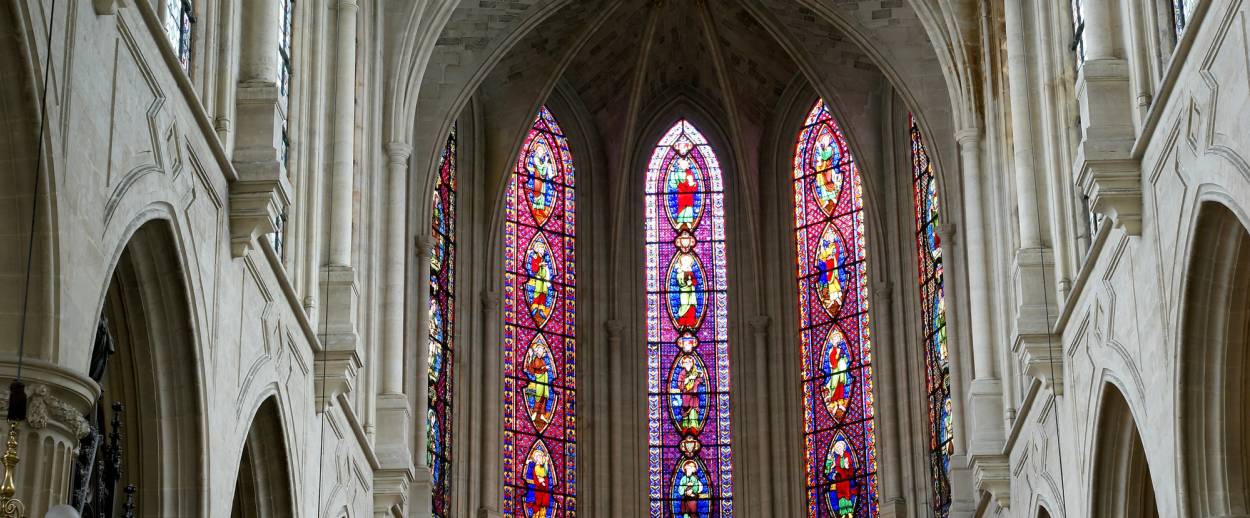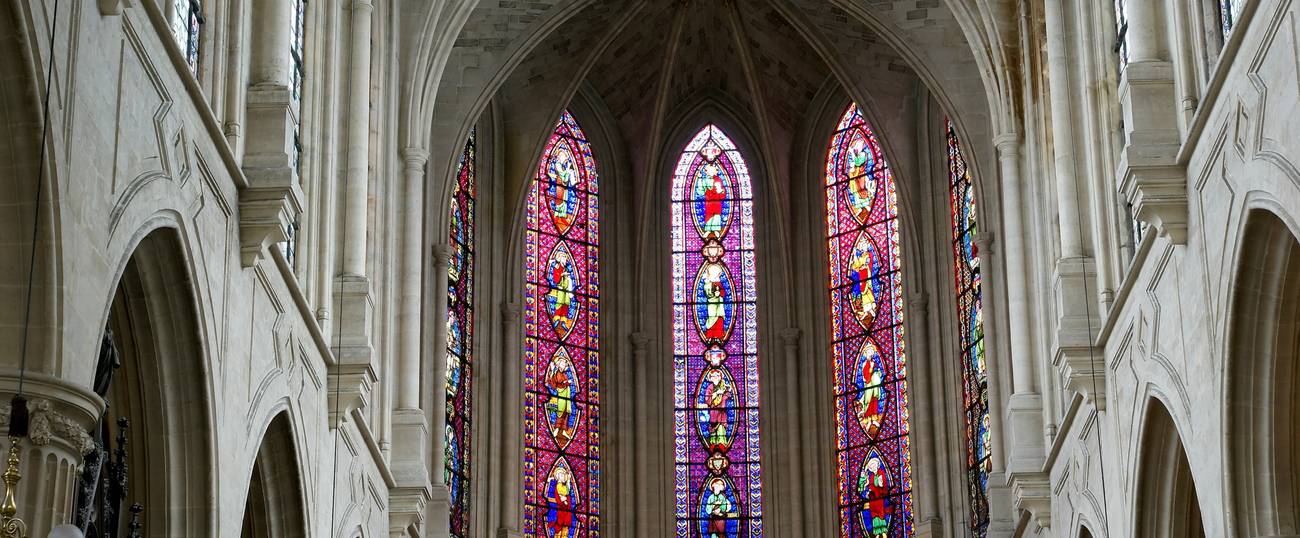When it Comes to Single-Sex Swimming, the New York Times Shouldn’t Follow the French Example
Religious expression is verboten in the French public sphere, causing serious civil strife. America shouldn’t follow suit.




“You can wear religious clothing in your home; why must you force your values on others by dressing that way in public?” So inquired a Frenchman, in response to my question of how a Muslim woman could possibly be asked to remove her scarf to enter a courthouse or a high school.
Laïcité, it is called. The closest translation would be “secularism,” though it is only a rough approximation of a concept that embodies so much at the core of French culture and politics. French secularism dates back the French Revolution, but the current iteration took form in 1905 with the law on the Separation of Churches and State. Enshrined in this was a commitment to keeping the public sphere safe from the influences of religion, specifically the Catholic Church. Prohibiting all expression of religion in public spaces, laïcité has lately clashed with French (and in some ways European) efforts at integration and multiculturalism, particularly when it comes to Muslim communities.
I thought about laïcité and its discontents when the New York Times editorial board took it upon themselves last week to condemn a New York City public pool that had accommodated Orthodox Jewish women with single-sex swimming hours. The Brooklyn pool’s policy mirrored other community pools across the country that had accommodated young Muslim women and their families. In the days since, the legality of such practices has been debated, and the Times’ silence on Muslim communities has been noted. But at stake here is something far greater than just pool policies. The dispute heralds a necessary reckoning over what it means to be religious in public in the United States, which while nominally not a religious country, is an implicitly Christian one. What kind of religious practice should be permissible in public, and how can we reconcile the religious values of the majority with those of minority groups, and the state support of either?
“French people feel about laïcité the way you Americans feel about the First Amendment,” I have also been told. But while the First Amendment protects all religious practice, laïcité does not. Rather, it is based on a fundamentally Christian conception of religion, which views faith as primarily a function of beliefs, not actions. As long as no creeds are prohibited, the thinking goes, religious faith is unimpeded.
But dress, food, prayer, and observance in Judaism and Islam are deeply performative acts. Try telling religious Jews or Muslims that they cannot cover their heads in public, or that they can keep kosher or halal at home but that they must eat pork at school. Abandoning these very physical practices is indicative of abandoning belief, abandoning the word of God. As such, laïcité, with its systematic censure of religious expression in the public sphere, imposes a Christian conception of faith upon other religions—and the New York Times appears ready to do the same at New York’s pools.
Ultimately, this reflects a misunderstanding of what the public sphere actually is. In The Structural Transformation of the Public Sphere, Jürgen Habermas described the “public sphere” as private persons who come together to form a public—a plurality of voices who unite to represent their needs to the state. But what this conception misses is that even when forming a public, there are always some voices that are considered beyond the pale. Specifically, those issues that are important to minorities are often not seen as representative of the common good, and so notions of difference are silenced. Minority voices are construed as private, not public ones. In this way the “public” is exclusionary, for it does not include those people who must be tolerated by the public.
This is exactly what happens when we deny the very real role that religion plays in the lives of billions of people and exclude religion from the public sphere entirely. The public good simply does not take them into account. To be clear, the state should not force religion on any one party, nor should it endorse a particular way of being and believing. But the voices of those in the religious minority should be included in discussions of what it means to serve the common good without disadvantage to the state or the surrounding community.
The vitriol of the New York Times in describing the situation of the Brooklyn pool—“unmoored from the laws of New York City and the Constitution, and commonly held principles of fairness and equal access” with a “strong odor of religious intrusion into a secular space”—does little to address the concerns and values of an inclusive public. Women-only or men-only hours should be an option for a community space that comes together to decide upon it. For the public sphere to be truly representative—rather than fractious and conflicted as it is in France—it must include all voices, all bodies, all swimmers and scarf-wearers alike.
Related: Does the New York Times Think There Should Be Different Rules for Jews and Muslims at Public Pools?
Chelsea Garbell has worked as a researcher at the Of Many Institute for Multifaith Leadership at NYU, and as the global program coordinator at the Bronfman Center for Jewish Student Life at NYU. She sits on the board of the American Jewish Committee ACCESS NY and is co-chair of the Muslim-Jewish Taskforce on the Global ACCESS Steering Committee.